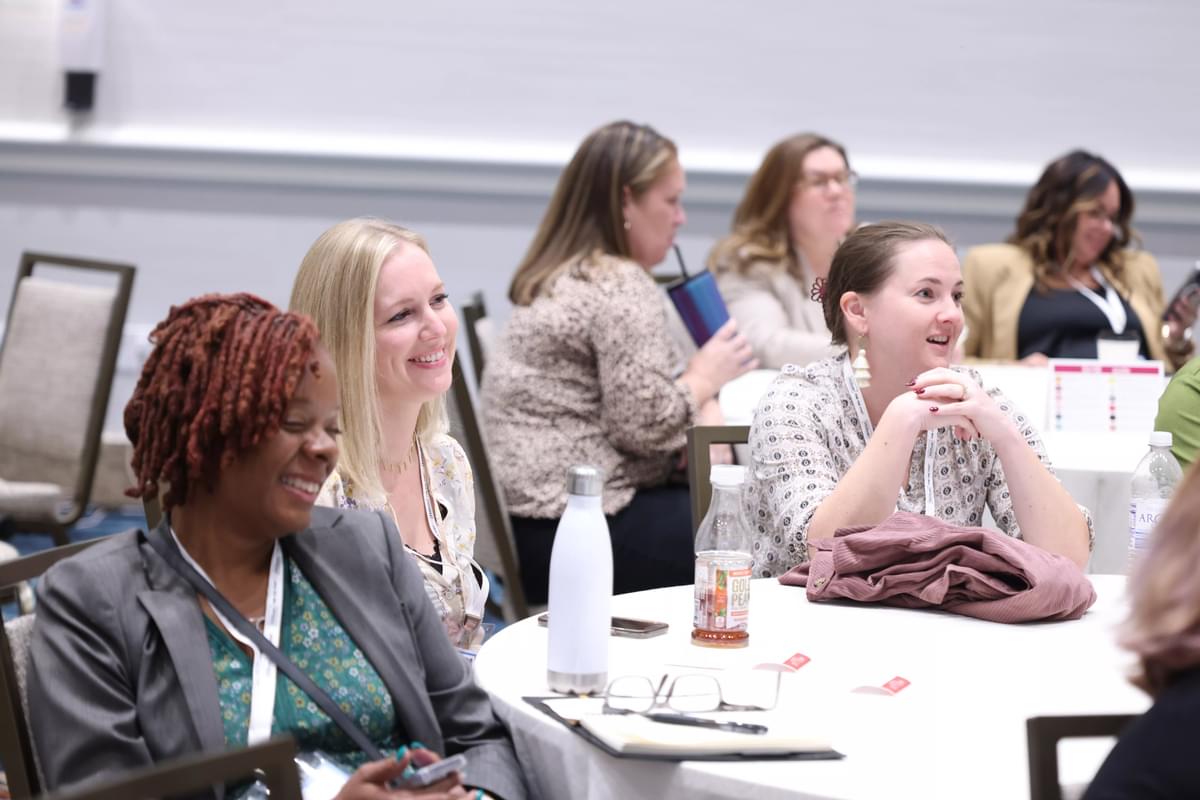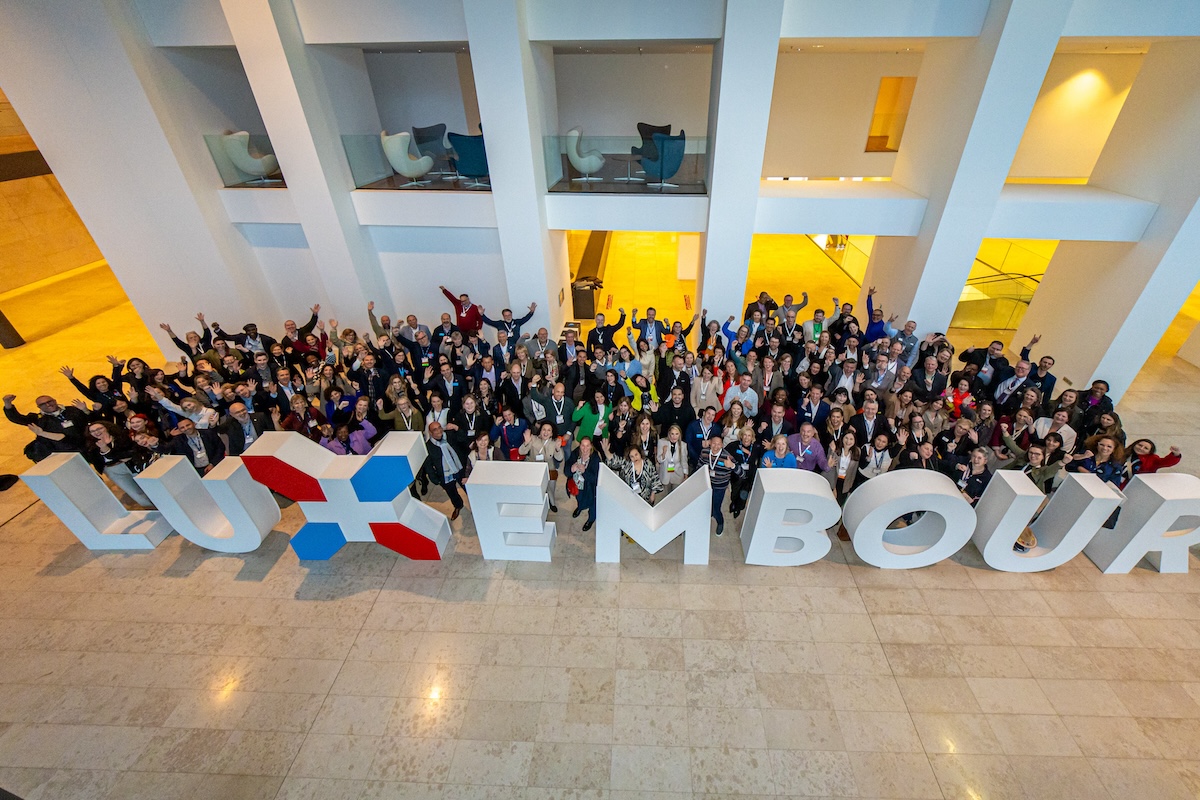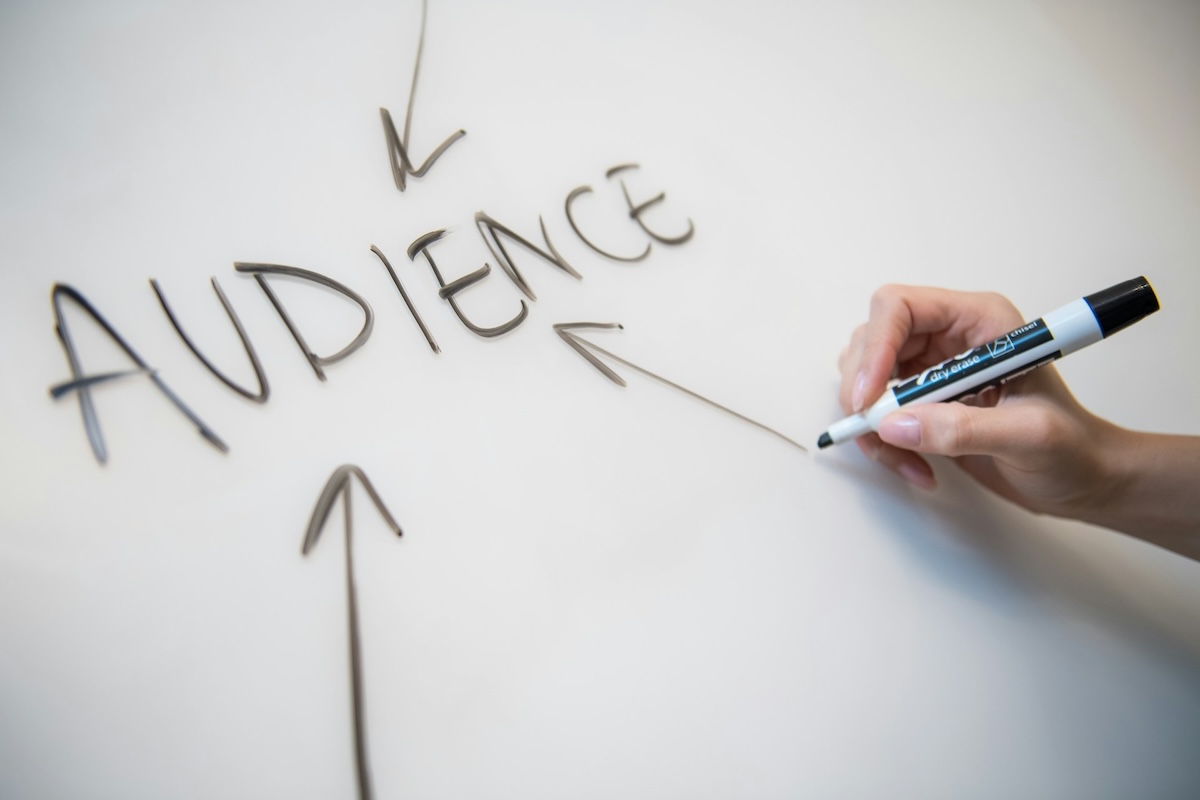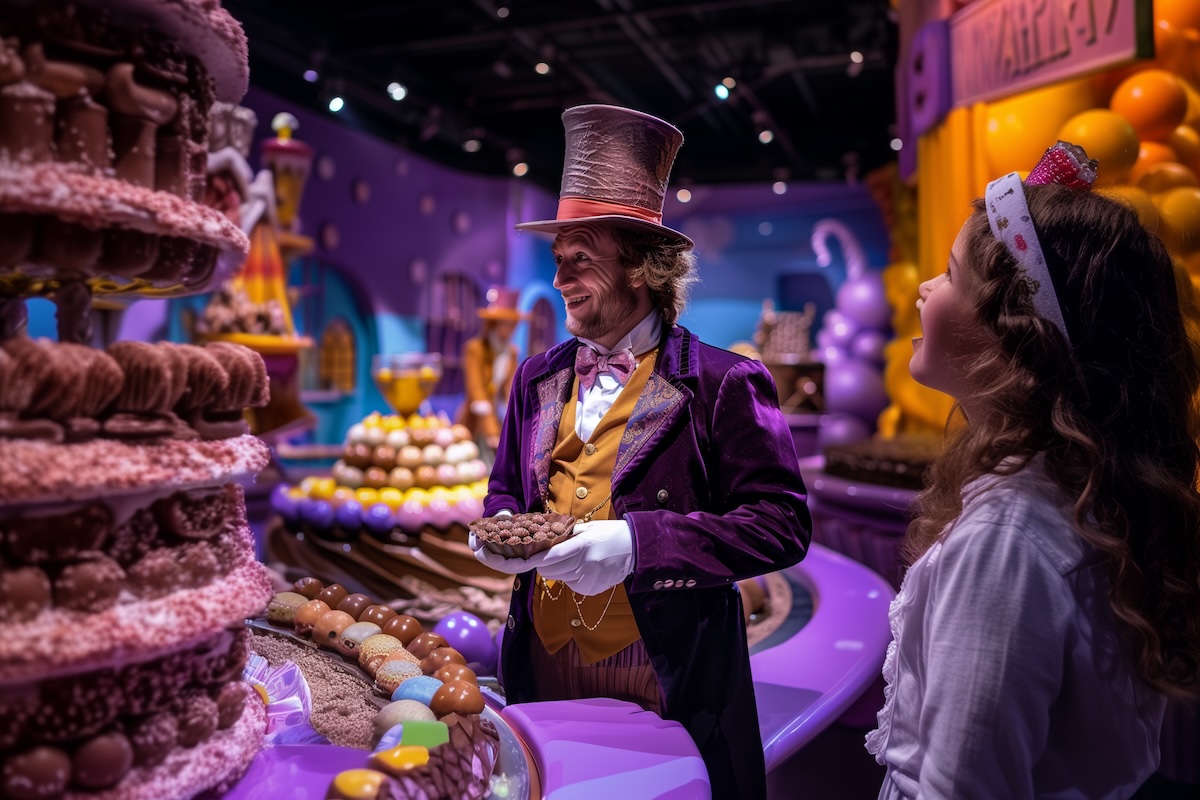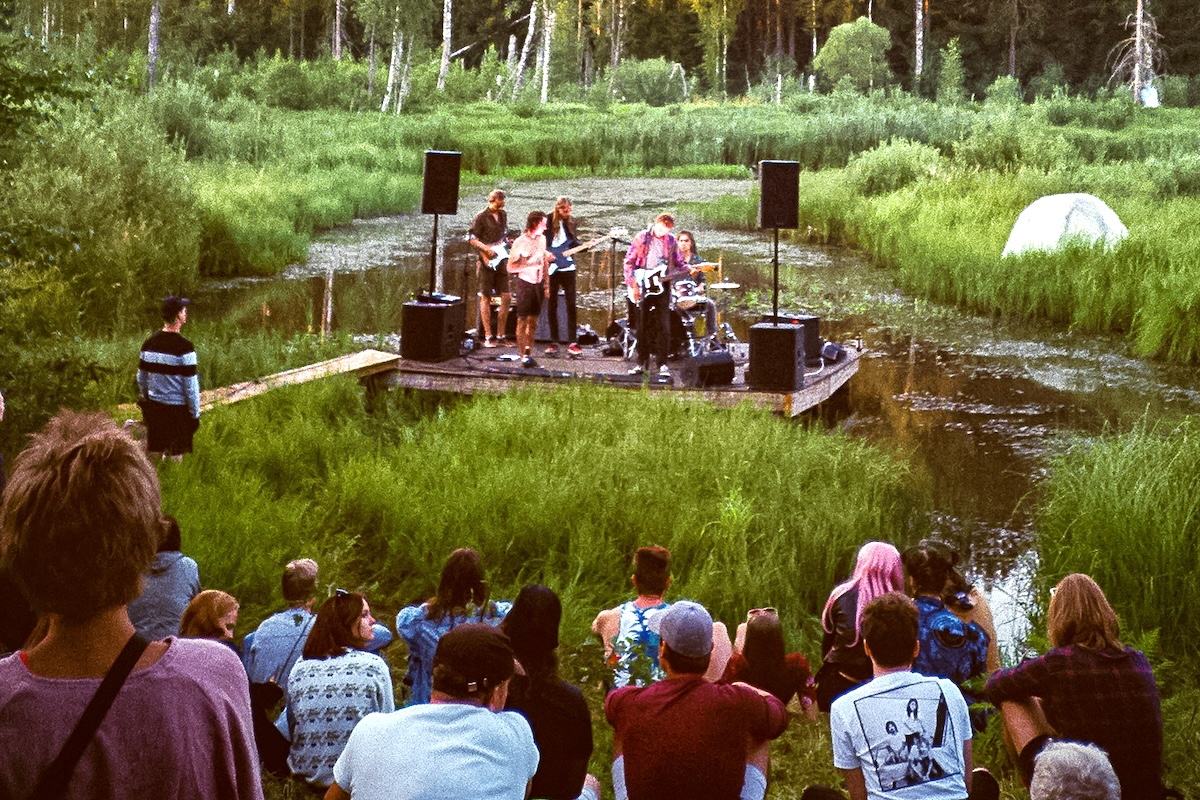Skift Take
Skift Meetings held an Innovation Lab during IMEX’s Smart Monday where 16 expertly-selected event scientists facilitated conversations amongst a group of more than 100 meeting professionals.
The importance of compelling content was the prevailing theme of the peer-to-peer discussions at this year’s Skift Meetings Innovation Lab. One of the best ways to share content is with a story, attendees agreed.
Conversation and connection were most important during the Lab. With an estimated 17,000 attendees expected at this year’s IMEX America, the Innovation Lab offered the chance to network in a more intimate setting.
Skift Meetings Editor-in-Chief Miguel Neves kicked off each lab with an icebreaker based on the work of Adrian Segar. The three questions he asked were, “How did I get here? What do I want to have happen today? What experience or expertise do I have that others may find useful?”
Attendees answered with vulnerability and thought, setting the stage for an afternoon of open peer-to-peer dialogue.
Keynotes Must Evolve
Today’s attendee doesn’t want one-sided 60-minute keynotes, the group agreed. The Innovation Lab demonstrated the magic of crowdsourcing content. This format of peer-to-peer learning engages everyone in the room. Plus, connecting and sharing is at the core of the success of any gathering, as the pandemic taught how easy it is to share content online.
“Design for engagement, creating space for all,” Megan Henshall, global events strategic solution lead, Google, and an “event scientist” for the afternoon, shared on behalf of her tablemates.
Plus, repurpose your content to continue to entice. Create clips of your speakers to push out on your social media channels all year long. “It’s all about creating FOMO,” said Liz Lathan, a co-founder of The Community Factory and another “event scientist”.
Rethink Poster Galleries
Anthony Vade, event experience strategy director, moderated a discussion about rethinking poster galleries. The top three challenges his tablemates identified were the fact that doctors like things the way they have always been. They are not as tech-savvy as most may think. The volume of posters at some scientific conferences is hard to manage as it is not unusual to have 5,000 to 7,000 posters at some events. Plus, they are not sustainable, and space to display posters is expensive.
Vade’s group brainstormed the idea of five-minute presentations with digital screens featuring.
QR codes and AR-embedded speeches allow for an asynchronous experience that doesn’t require the presenter to be standing next to the poster.
Understanding Audiences
Robert Lowe, president of Nth Degree Events, ended the first session in a campfire chat with Neves. He reinforced the desire of planners to understand event audiences better and find different ways to connect with them. “Do you know what they are looking for? Why they are there?” he asked. “How do we connect? Engage? There is not one answer.”
In addition, Lathan and fellow “event scientist” Nicole Osibodu demonstrated how to turn a hug into a handshake for those who are hug-averse. “We are a community of huggers, but you have to be comfortable,” said Lathan.
Follow Skift Meetings’ coverage of IMEX America over the next three days.
